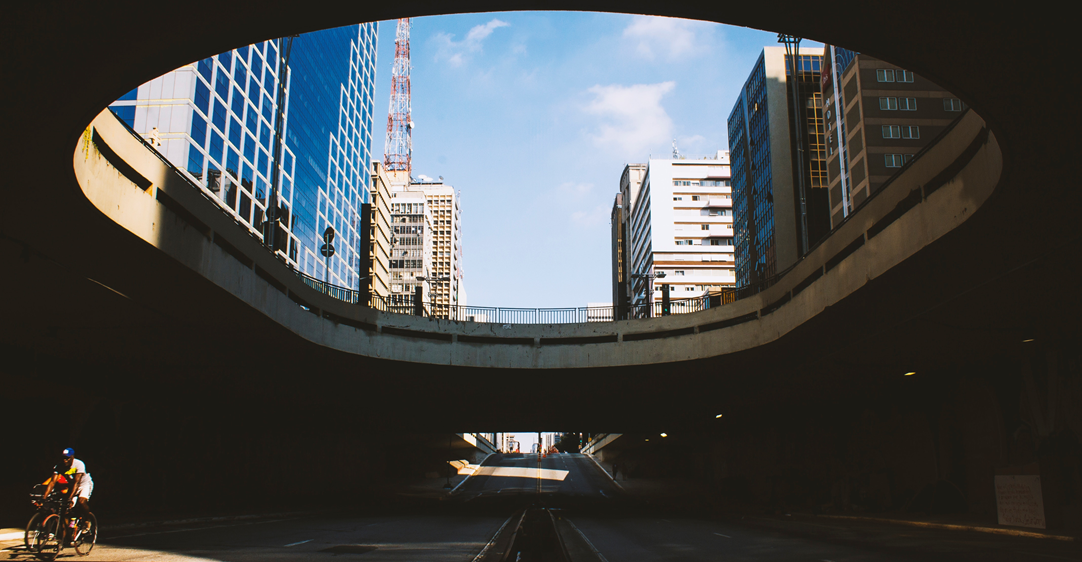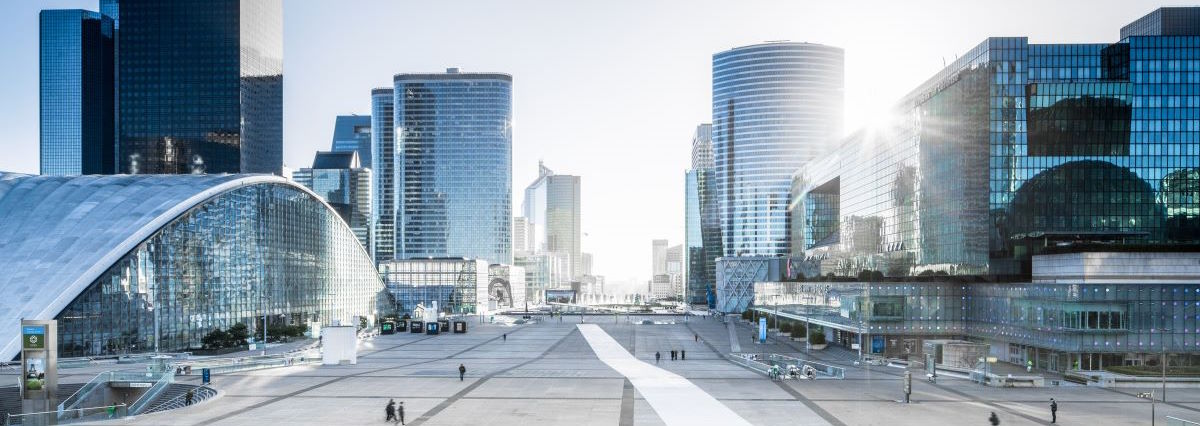Brazil has tools to stay resilient to wider Emerging Markets volatility, and its recovery was hit yet not halted. But mind the persistent fiscal policy uncertainty.
Brazil is making the news, again. (i) Its cyclical recovery has slowed; (ii) market stress on Emerging Markets (EM) has taken a toll on its currency, especially after the government pressured Petrobras to keep a cap on gas prices and its CEO resigned; (iii) the risk of halted policy momentum has made a comeback ahead of the October presidential election. Yet we believe markets overlook idiosyncrasies of EM, preferring to sanction the entire asset class indiscriminately. Brazil should prove resilient, as long as it avoids policy mistakes.
Bumpy recovery, but potential for acceleration
Latest data releases show that consumer and business confidence receded in April, employment growth has slowed for three consecutive months and industrial production has stalled in Q1. The Brazilian economy expanded at a modest rate of +0.5% q/q in Q1. In addition, we estimate that the 10-day strike should cut real GDP growth by at most -0.4pp this year.
Yet, there are reasons to believe in Brazil’s recovery, albeit a gradual and slow one. Company insolvencies should decline in 2018 (-3%) for the first time since 2011. Credit growth is back to positive territory for the first time since July 2016, while policy rate remains at a record low (6.50% after being cut by 775bps in eighteen months). The savings rate still has room to decrease, and employment growth continues, albeit at a slower pace (+1.7% in April). Overall, commodity prices are projected to stay high, while the temporary impact of higher oil prices should fade as they stabilize going forward. Privatizations could resume after the election (as no candidates radically opposes them), helping to bring back Foreign Direct Investment. We hence still expect private consumption and investment to drive growth, bringing our full-year 2018 forecast to +1.9% (down from +2.5% previously, lower than consensus), and +2.5% for 2019.
Not an external problem: trustworthy buffers and reduced vulnerabilities
Market stress on Brazil started as a moderate but steady currency depreciation, as carry-trade opportunities became less profitable (lower real rates, and stronger USD against the BRL, Brazilian Real). Yet the sell-off intensified and the exchange rate reached a 2-year low (BRL3.90 per USD) early June; stock market valuations were also slashed, erasing 2018 ytd gains as Petrobras’ share price dropped; this is due to what the markets viewed as a policy mistake as the government pledged to keep a lid on gas prices despite Petrobras’ initial decision to increase it by +10%.
Brazil could prove resilient to the late cycle tensions and volatility. Indeed the central bank can rely on ample foreign exchange reserves (covering more than 20 months of imports), which our reserve adequacy indicator deems “high” and has conducted successful currency swaps. This means that Banco Central do Brasil (BCB) has the ability to smooth the impact of capital outflows, a potential drop in exports or an exchange rate depreciation. Foreign-currency denominated public debt only accounts for 3% of GDP and 15% for NFC (Non-Financial Corporations) debt, among the lowest shares in EM. The current account deficit has been drastically reduced to -0.5% of GDP in Dec. 2017 from -4.4% of GDP in June 2015. The government expects a surplus this year helped by depreciation. Besides, successful inflation targeting also reduces vulnerabilities.
Fiscal policy uncertainty risk remains
The policy risk which would reverse Brazil’s fiscal reform momentum exists, as can be seen from recent polls; anti-establishment candidates (Jair Bolsonaro, currently polling second to Lula who is unlikely to run) and anti-austerity figures (Ciro Gomes, who could capture part of Lula’s electorate) fare better than centrists. Yet four arguments temper this high risk scenario: (i) Large party structures and funding of establishment candidates, (ii) the rules of the media campaign which are biased against outsider candidates like Bolsonaro, (iii) the need for a coalition (in the absence of unifying party leaders and high rejection rates of most candidates) and (iv) the two-round voting system. Besides, the constitutional fiscal rule implemented would restrict the room for maneuver of future policymakers– more so than in the past. Yet, “no fiscal slippage” does not necessarily entail “improvement of fiscal accounts”. The new administration would have to not only safeguard the progress made so far, but to step up efforts in curbing deficits. Social security is the most pressing issue. A failure to commit to such ambitious reforms would bring back volatility, but this time, a homegrown one., where debt sustainability would be at stake.















